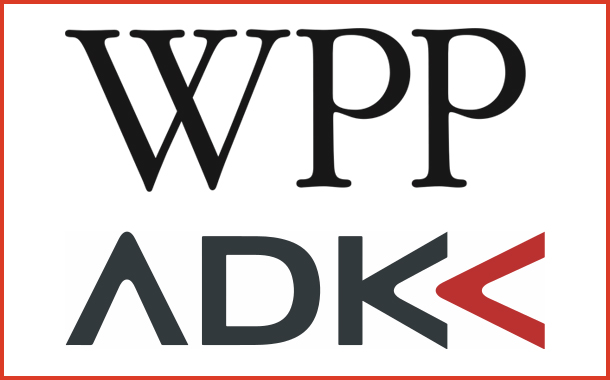WPP has agreed a $1.35 billion offer from Bain Capital for the Japanese advertising agency Asatsu-DK.
The world’s largest advertising holding company, which owns 25 percent of ADK, has accepted to the US-based company’s offer, a month after initially rejecting it.
The move marks the end of a fierce row that has dogged WPP and ADK over recent weeks, allowing the Tokyo Stock Exchange-listed agency to become a private entity.
If the offer is accepted by all shareholders before December 6, WPP will withdraw an arbitration and injunction proceeding brought against ADK on November 1 and the parties’ alliance will cease with immediate effect.
WPP has so far not commented on the result, but Bain said it will discuss a potential investment by WPP as a non-controlling minority shareholder in one of its products “that directly or indirectly owns the interests of ADK”.
The row first unfolded in October when ADK asked WPP to sell its stake to Bain Capital, describing the continuation of its 20-year relationship with WPP as “nonsensical”.
The Tokyo-based agency, which is the third-largest in Japan behind Dentsu and Hakuhodo, claimed that the “expected synergies never fully materialised” between the two parties and that their partnership “simply no longer [made] sense”.
However, WPP rejected Bain’s offered price, claiming the deal significantly undervalued ADK and that ADK’s attempt at a contract termination was invalid.

Now, following on from WPP’s concession, David Gross-Loh, managing director at Bain, said, “We are very pleased that WPP has shown its support for the privatisation of ADK, and an orderly termination of the current alliance which exists between ADK and WPP upon the success of our offer. We now hope ADK’s other shareholders will recognise the attractive valuation and liquidity opportunity presented in our fair and fully priced offer, and tender their shares.”
Once the deal is completed, ADK also intends to sell its 2.4 percent stake in WPP – worth US$576 million – which it described as generating a low return on equity and having a “problematic” capital structure.

















